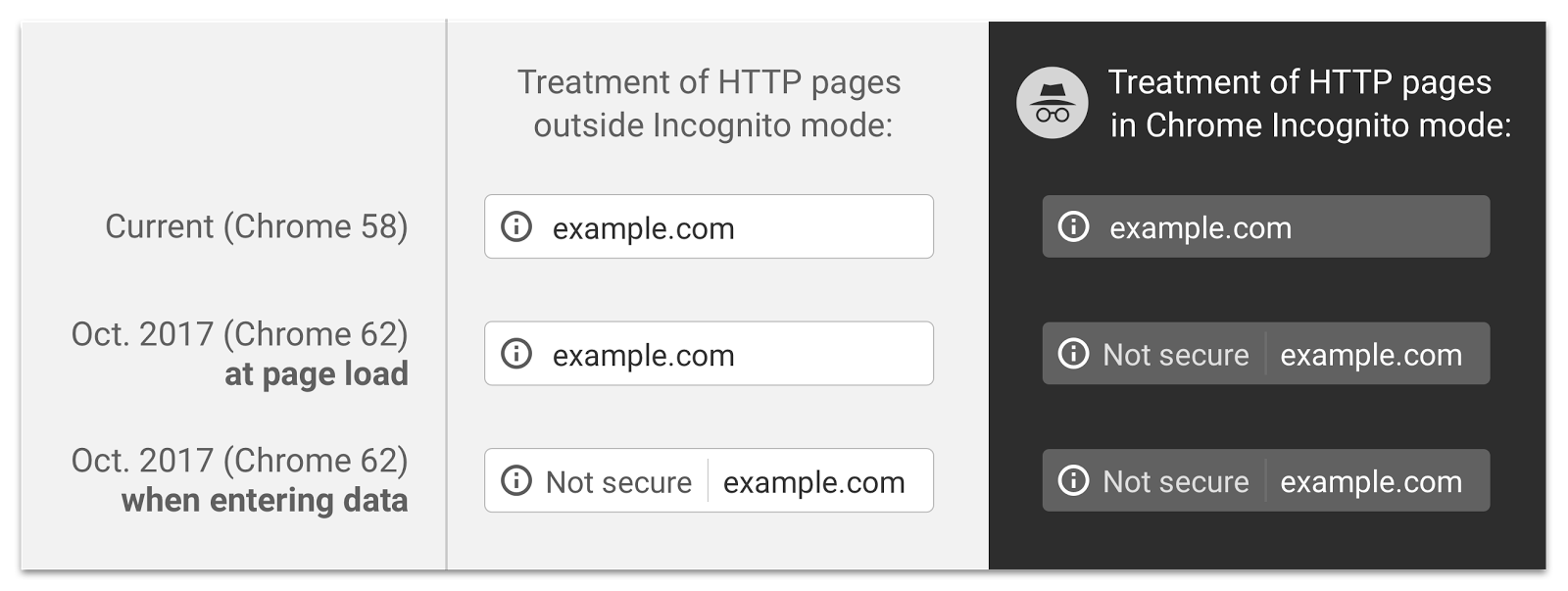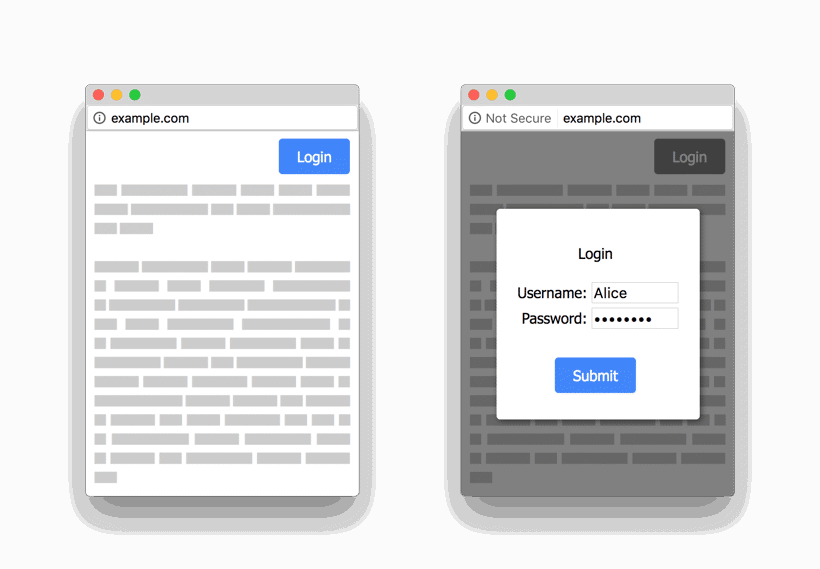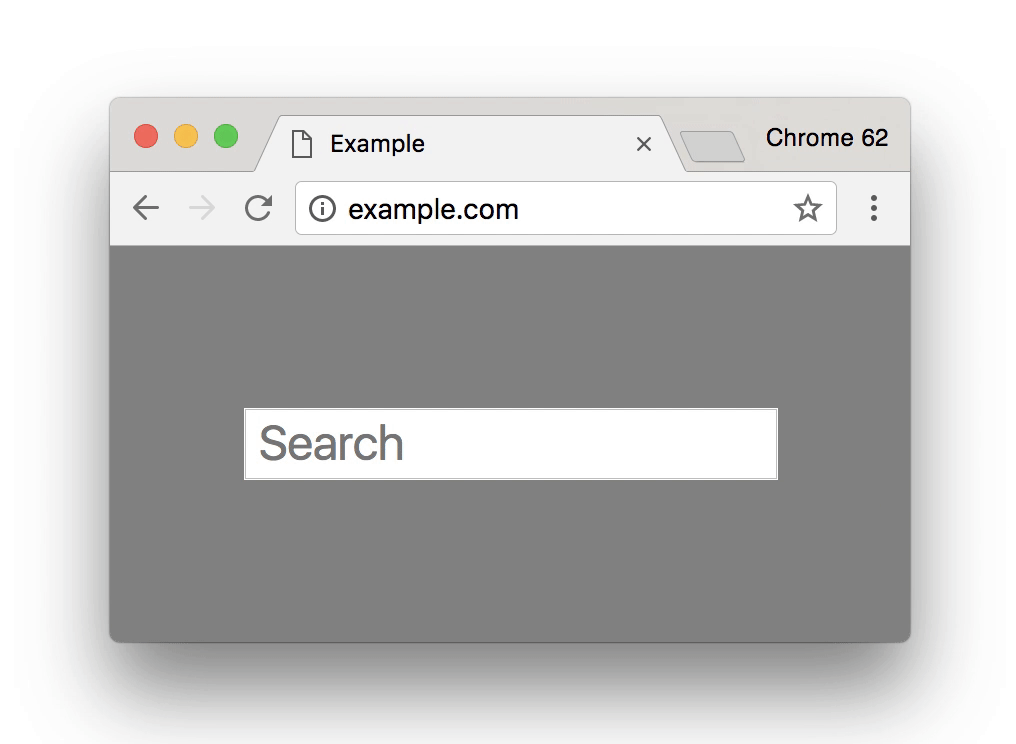Google Notifies Webmasters that Chrome 62 will Mark HTTP Pages with Text Inputs as “Not Secure”
Google has emailed webmasters that HTTP pages with text inputs will be flagged as “Not Secure”
If you still haven’t migrated your HTTP site to HTTPS, you really should. Why? Because Chrome 62, to be released in October 2017, will start marking any HTTP page with a text input field as “Not Secure.” On the evening of August 17th, Google Search Console sent email notifications to site owners that still have HTTP pages with forms on them.
“Starting October 2017, Chrome (version 62) will show a “NOT SECURE” warning when users enter text in a form on an HTTP page, and for all HTTP pages in Incognito mode,” the email said. The email further explained this with examples.
What’s going to change?
In the current version of Chrome, it displays an icon with the letter “i” in a circle for non-HTTPS sites. It doesn’t display any additional message or warning if you fill out a form or provide any sort of text input on the website.
Well, this is going to change!
Soon, when users enter data on the unencrypted HTTP site, it will display a “Not Secure” message besides the “i” icon. This warning will only be displayed when the users enter their data. Thereby, grabbing their attention and notifying users of a non-secure HTTP connection. As far as the incognito mode is concerned, this warning will be displayed all the time.
This will not only happen when a user enters password or credit card details but for ALL text inputs on the website. Even if a user searches for something in the search bar, he/she will be warned.
This is how Chrome will display the warning:


This is what will happen when a user enters data:

Why is this happening?
As the use of the internet widens, cybercrimes continue to rise in terms of their numbers as well as in terms of their sophistication. As a result, it is of the utmost importance to embrace best security practices. As the browsers act as the medium through which everyone accesses the internet, it puts a serious responsibility on their shoulders. Being the undisputed leader of the browser community, Google has been pushing for HTTPS for quite some time now. The browser community that includes all the leading browsers such as Chrome and Firefox believes in making encryption a standard, not an exception.
“Eventually, we plan to show the “Not Secure” warning for all HTTP pages, even outside Incognito mode. We will publish updates as we approach future releases, but don’t wait to get started moving to HTTPS! HTTPS is easier and cheaper than ever before, and it enables both the best performance the web offers and powerful new features that are too sensitive for HTTP,” wrote Emily Schechter of Chrome security team in a blog post.
She couldn’t be more spot on here. Encryption secures all the communication taking place between a browser and server. As a result, protecting users against the likes of man-in-the-middle (MITM) and phishing attacks. Moreover, HTTPS sites get an edge over the non-HTTP ones in terms of search engine rankings.
If you’re still wondering whether to switch to HTTPS or not, stop. This is not the time to think. This is THE time to do so. The browser warnings are only going to get tougher from here. Google will display stronger and more negative warnings in upcoming versions. So, if you don’t want to scare your visitors away, adopt HTTPS ASAP. It’s not a matter of choice anymore!!


